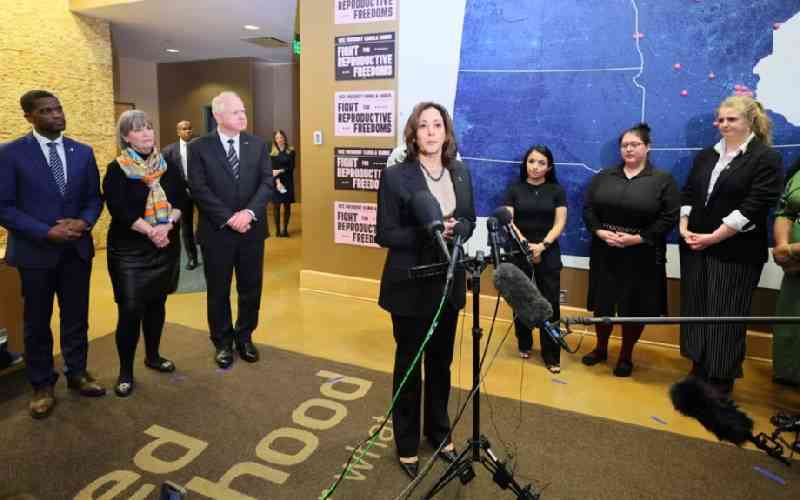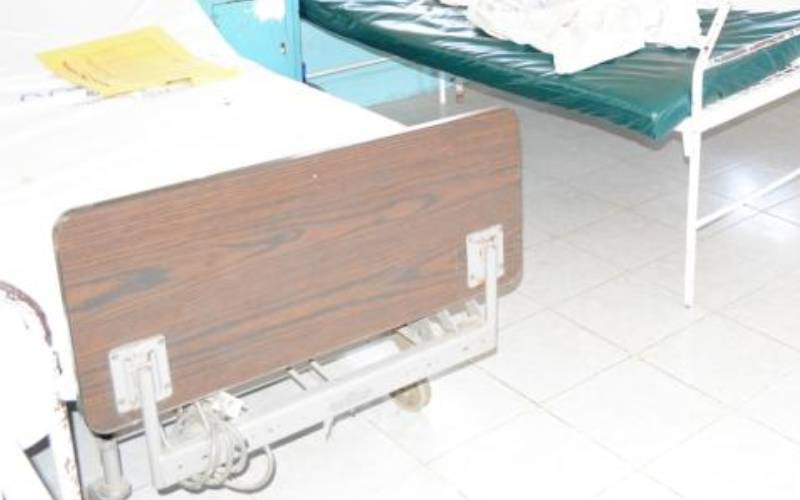I went into labour at 2am on Saturday, May 16, 2014. Before that, I had been to the hospital many times insisting that the baby was coming. The nurses told me over and over again that when I went into labour, I would know it. And when I felt the first contraction on that Saturday morning, I understood exactly what they meant. It was the kind of indescribable agony that could only be described as labour pain. Either that, or I was dying.
I decided to take a shower before going to the hospital because hey, everyone knows where babies come through and I wanted my area to be pristine. That turned out to be an excellent idea because from the moment I got to the ward, I was ‘examined’ every hour. By that I mean that a doctor would feel around with her fingers to see how much my canal had dilated. It was supposed to stretch to about 10cm wide if it was going to accommodate a baby’s big head.
Induction medications
At the first examination I was at 2cm. I stayed that way until 8am. The contractions would come and go but dilation was nil. So the decision was made to induce. The induction medications were administered via a drip and as soon as the first drop hit my bloodstream, the contractions came back to back. It was as if someone was wringing me out like a sponge. I could feel my sanity circling around the drain.
But to cut a long story short, many hours later at about 5.30pm, the girl-child decided to make a move by quite literally shoving herself downwards with strength that belied her zero years. “I feel like I need to push,” I said to the midwife in between shallow, jagged breaths. She told me not to. I said I needed to. She said no again. I devised a plan to kill her. By the look on her face, she would have killed me first.
A whole 30 minutes later, she told me to go ahead and push. You can’t imagine the relief I felt after half an hour of trying to hold the kid in. Little did I know that the next level of childbirth came with a new devil.
This time it was as if I was being sliced all the way through by a thousand knives, and there was no turning back. I’ll tell you what, though, I did try. But at the point when I attempted to cross my legs, however, the midwife lost every semblance of civility.
She gripped my knees and yanked them apart shrieking, “Are you trying to kill the baby?" That shocked me into beast mode. I wasn’t going to be so mediocre as to let my child die because it was too painful to push. I screamed so loud I must have stirred the spirits of the ancestors but then out popped the tot, alive and wriggling.
Baby’s head
Looking back, I am still awed at the bravery of expectant women who walk the line between life and death in order to give birth. See, any number of things can go wrong in the delivery room, most of which will instantly put the life of both mother and child at risk. My story is a mild one.
Yes, I could have crushed my baby’s head between my legs, but thanks to a hawkish midwife, and the grace of God, I did not. Many other women have not been so lucky. Too many women go into labour expecting to come out with two lives, only to lose one, or both. And this is to say nothing of the women who must anticipate every complication to deliver multiples.
A study on maternal mortality estimates that every two hours a woman in Kenya dies during pregnancy or childbirth. For one of those two women, the child also dies. That’s a 50 per cent neonatal mortality rate. It is for this reason that I would argue that a mother’s life - and that of her child - are in danger from the time pregnancy begins. The natural birthing process has never been, and never will be, smooth sailing.
Nothing in the law takes away from the fact that both lives should be protected, and that is as it should be. But the law should also empower women to exercise the right to either carry a baby to term - and in so doing face the possibility of death in the delivery room - or terminate that pregnancy in a timely and safe manner. At the end of the day, it all comes down to a woman’s right to choose what goes into her body, and what comes out.
Ms Masiga is Peace and Security Editor, The Conversation Africa
Stay informed. Subscribe to our newsletter
 The Standard Group Plc is a
multi-media organization with investments in media platforms spanning newspaper
print operations, television, radio broadcasting, digital and online services. The
Standard Group is recognized as a leading multi-media house in Kenya with a key
influence in matters of national and international interest.
The Standard Group Plc is a
multi-media organization with investments in media platforms spanning newspaper
print operations, television, radio broadcasting, digital and online services. The
Standard Group is recognized as a leading multi-media house in Kenya with a key
influence in matters of national and international interest.
 The Standard Group Plc is a
multi-media organization with investments in media platforms spanning newspaper
print operations, television, radio broadcasting, digital and online services. The
Standard Group is recognized as a leading multi-media house in Kenya with a key
influence in matters of national and international interest.
The Standard Group Plc is a
multi-media organization with investments in media platforms spanning newspaper
print operations, television, radio broadcasting, digital and online services. The
Standard Group is recognized as a leading multi-media house in Kenya with a key
influence in matters of national and international interest.









